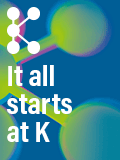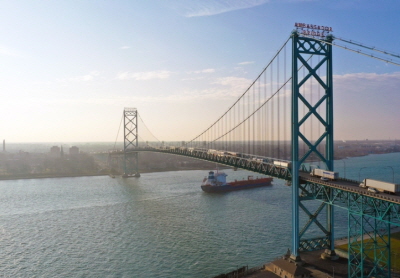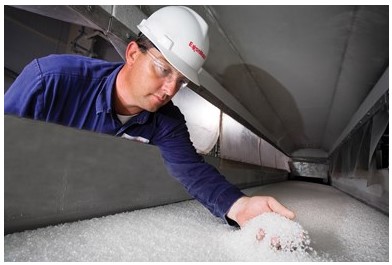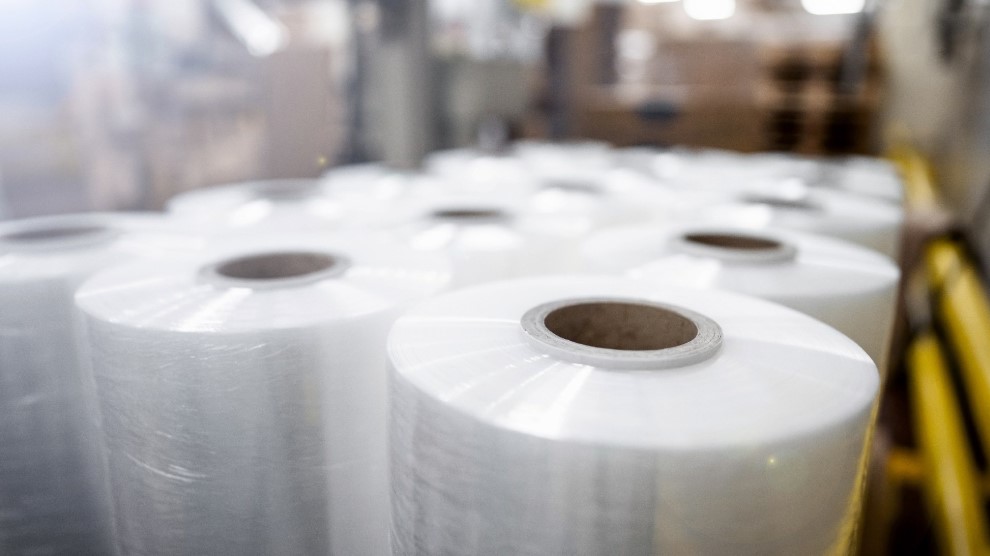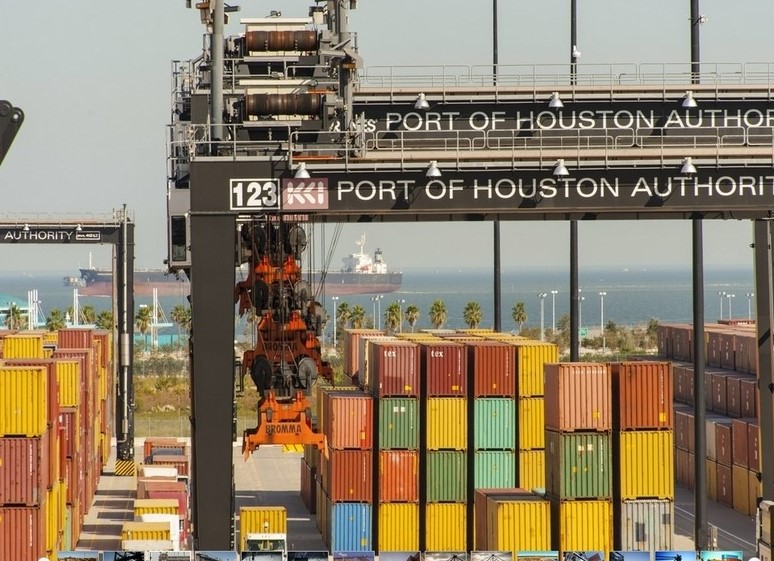뉴스 News
Market trends
news
Market trends
editor
2025-02-13
이명규 기자
2024-08-25
이명규 기자
2024-08-25
이명규 기자
2024-08-21
이명규 기자
2024-08-21
이명규 기자
2024-08-21
이명규 기자
2024-07-26
이명규 기자
2024-07-26



